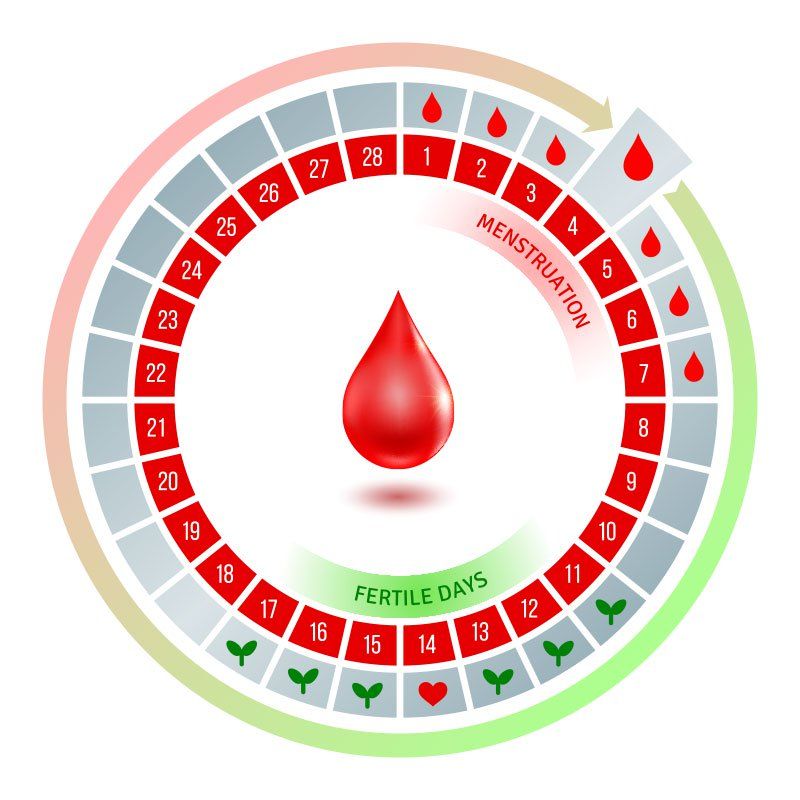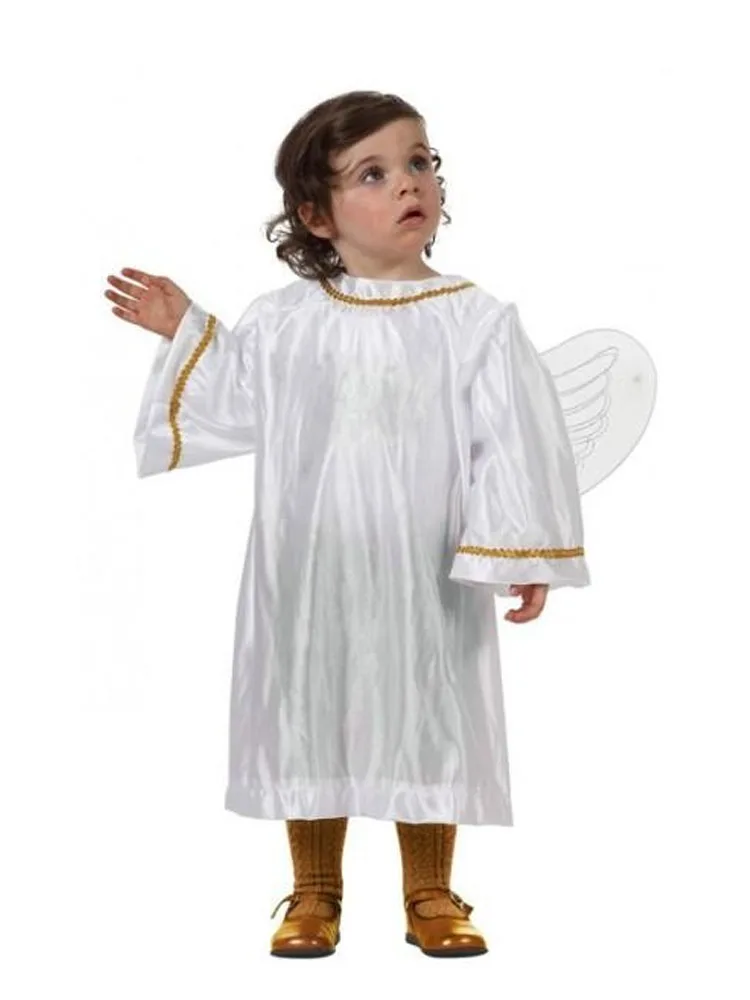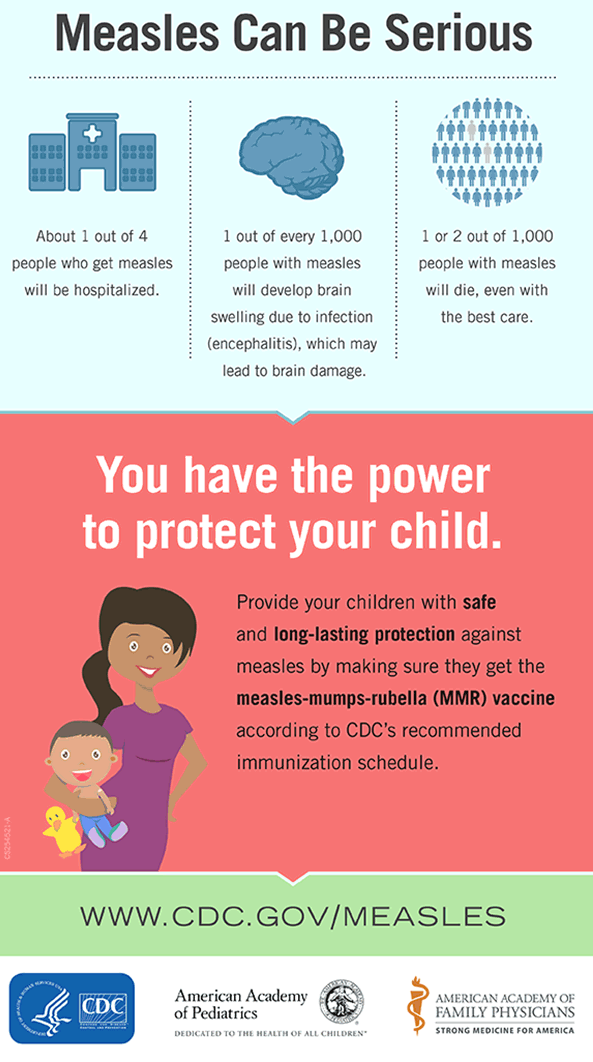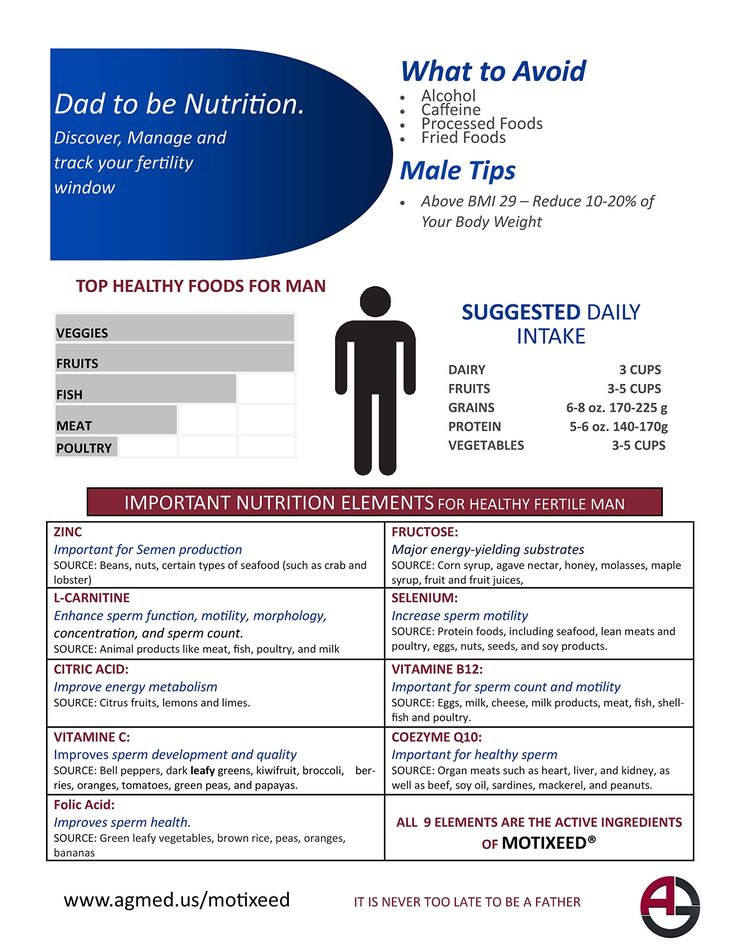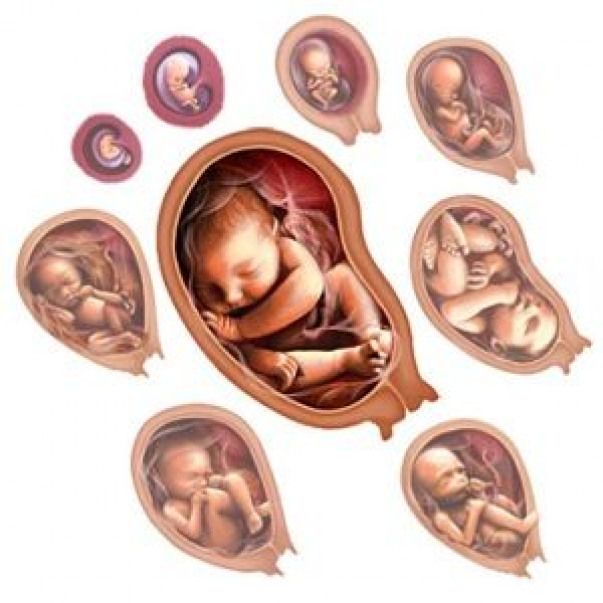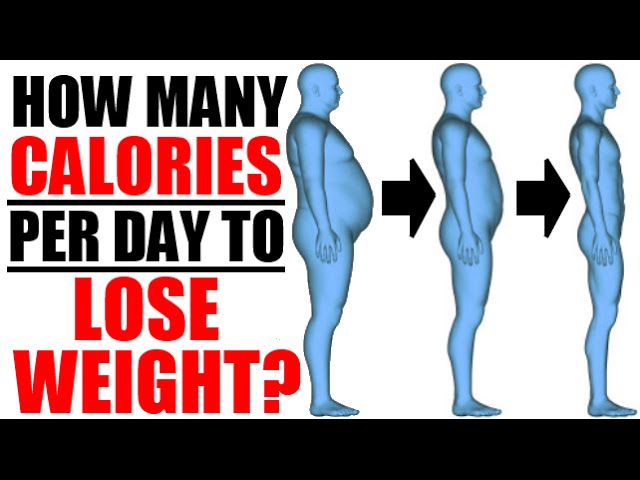How to reduce labour pains
Dealing With Pain During Childbirth (for Parents)
Learning all you can about labor and delivery is one of the best ways to help you manage the pain of childbirth when the time comes.
Pain During Labor and Delivery
Pain during labor is caused by contractions of the muscles of the uterus and by pressure on the cervix. This pain can be felt as strong cramping in the abdomen, groin, and back, as well as an achy feeling. Some women experience pain in their sides or thighs as well.
Other causes of pain during labor include pressure on the bladder and bowels by the baby's head and the stretching of the birth canal and vagina.
Pain during labor is different for every woman. It varies widely from woman to woman and even from pregnancy to pregnancy.
It's often not the pain of each contraction on its own that women find the hardest, but the fact that the contractions keep coming — and that as labor progresses, there is less and less time between contractions to relax.
Preparing Yourself
To help with pain during labor, here are some things you can start doing before or during your pregnancy:
Regular and reasonable exercise (that your doctor says is OK) can help strengthen your muscles and prepare your body for the stress of labor. Exercise also can increase your endurance, which will come in handy if you have a long labor. The important thing to remember with any exercise is not to overdo it — and this is especially true if you're pregnant. Talk to your doctor about what he or she considers to be a safe exercise plan for you.
If you and your partner attend childbirth classes, you'll learn different techniques for handling pain, from visualization to stretches designed to strengthen the muscles that support your uterus. The two most common childbirth philosophies in the United States are the Lamaze technique and the Bradley method.
The Lamaze technique is the most widely used method in the United States. The Lamaze philosophy teaches that birth is a normal, natural, and healthy process and that women should be empowered to approach it with confidence. Lamaze classes educate women about the ways they can decrease their perception of pain, such as through relaxation techniques, breathing exercises, distraction, or massage by a supportive coach. Lamaze takes a neutral position toward pain medicine, encouraging women to make an informed decision about whether it's right for them.
The Lamaze philosophy teaches that birth is a normal, natural, and healthy process and that women should be empowered to approach it with confidence. Lamaze classes educate women about the ways they can decrease their perception of pain, such as through relaxation techniques, breathing exercises, distraction, or massage by a supportive coach. Lamaze takes a neutral position toward pain medicine, encouraging women to make an informed decision about whether it's right for them.
The Bradley method (also called Husband-Coached Birth) emphasizes a natural approach to birth and the active participation of the baby's father as birth coach. A major goal of this method is the avoidance of medicines unless absolutely necessary. The Bradley method also focuses on good nutrition and exercise during pregnancy and relaxation and deep-breathing techniques as a method of coping with labor. Although the Bradley method advocates a medicine-free birth experience, the classes do discuss unexpected complications or situations, like emergency cesarean sections.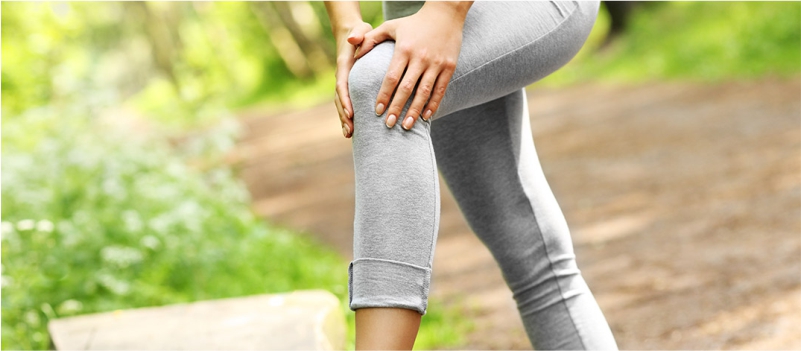
Medicine-free ways to handle pain during labor include:
- hypnosis
- yoga
- meditation
- walking
- massage or counterpressure
- changing position
- taking a bath or shower
- listening to music
- distracting yourself by counting or performing an activity that keeps your mind otherwise occupied
Pain Medicines
A variety of pain medicines can be used during labor and delivery, depending on the situation. Many women rely on such medicines, and it can be a huge relief when pain is quickly eased and energy can be focused on getting through the contractions. Talk to your health care provider about the risks and benefits of each type of medicine.
Analgesics. Analgesics ease pain, but don't numb it completely. They don’t affect sensation or muscle movement. They can be given many ways. If they are given intravenously (through an IV into a vein) or through a shot into a muscle, they can affect the whole body.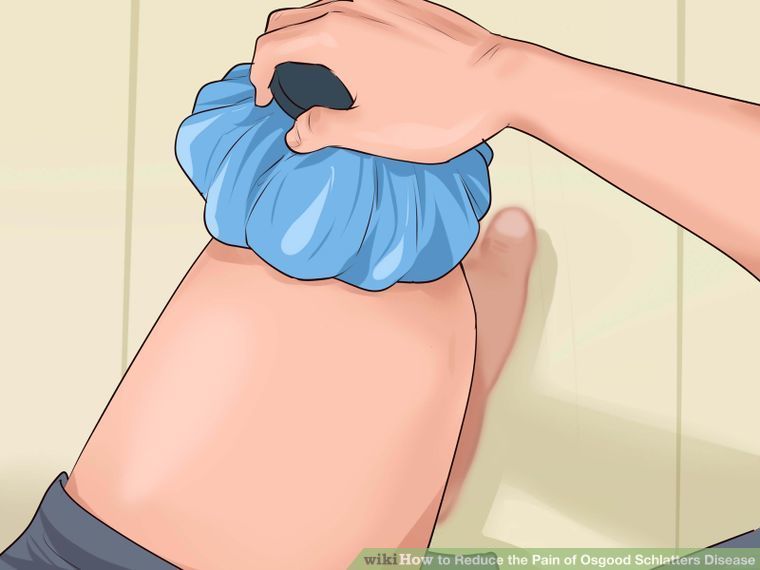 These medicines can cause side effects in the mother, including drowsiness and nausea. They also can have effects on the baby.
These medicines can cause side effects in the mother, including drowsiness and nausea. They also can have effects on the baby.
Regional anesthesia. This is what most women think of when they consider pain medicine during labor. By blocking the feeling from specific regions of the body, these methods can be used for pain relief in both vaginal and cesarean section deliveries.
Epidurals, a form of local anesthesia, relieve most of the pain from the entire body below the belly button, including the vaginal walls, during labor and delivery. An epidural involves medicine given by an anesthesiologist through a thin, tube-like catheter that's inserted in the woman's lower back. The amount of medicine can be increased or decreased according to a woman's needs. Very little medicine reaches the baby, so usually there are no effects on the baby from this method of pain relief.
Epidurals do have some drawbacks — they can cause a woman's blood pressure to drop and can make it difficult to pee.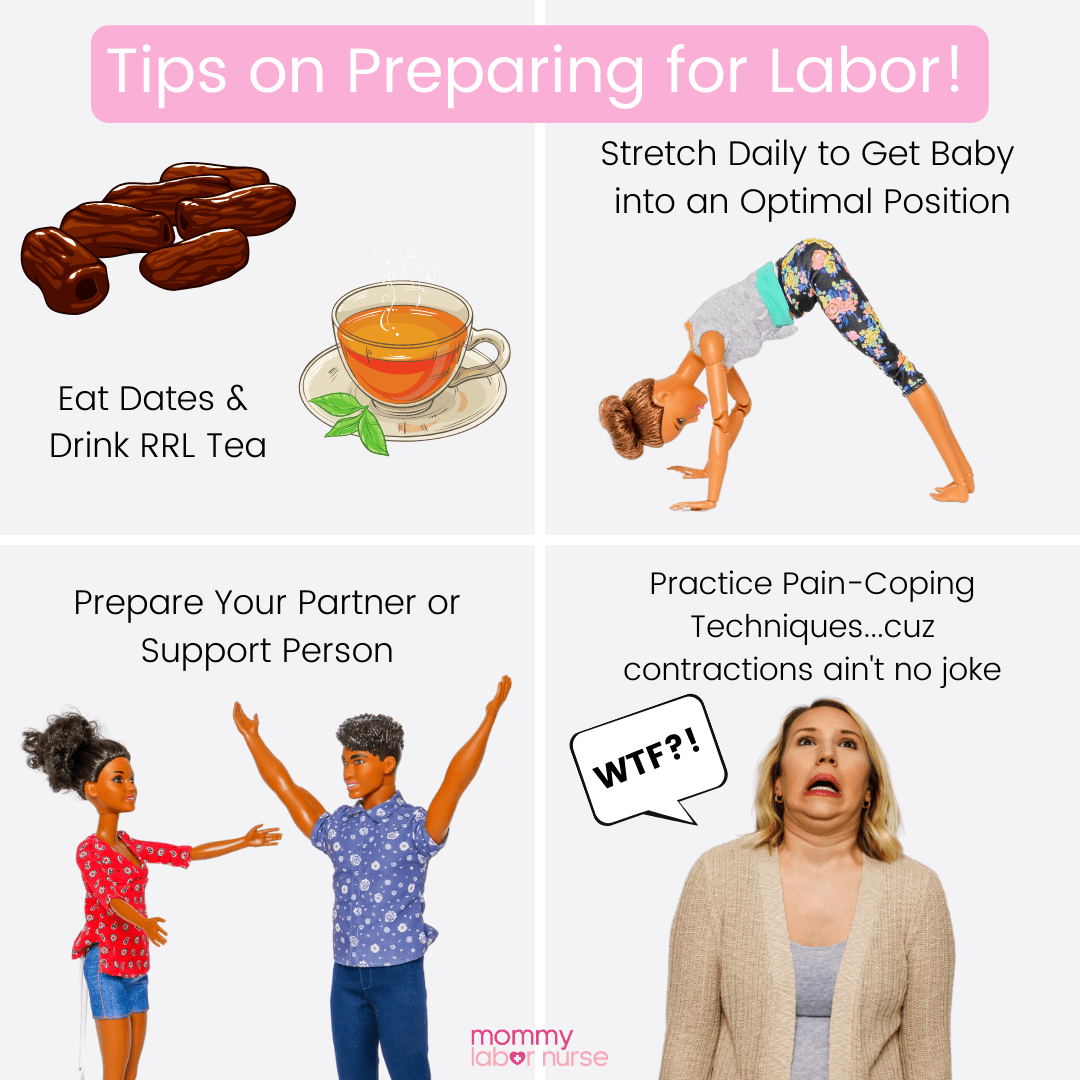 They can also cause itching, nausea, and headaches in the mother. The risks to the baby are minimal, but include problems caused by low blood pressure in the mother.
They can also cause itching, nausea, and headaches in the mother. The risks to the baby are minimal, but include problems caused by low blood pressure in the mother.
Tranquilizers. These drugs don't relieve pain, but they may help to calm and relax women who are very anxious. Sometimes they are used along with analgesics. These drugs can have effects on both the mother and baby, and are not often used. They also can make it difficult for women to remember the details of the birth. Discuss the risks of tranquilizers with your doctor.
Natural Childbirth
Some women choose to give birth using no medicine at all, relying instead on relaxation techniques and controlled breathing for pain. If you'd like to experience childbirth without pain medicine, discuss this with your health care provider.
Things to Consider
Here are some things to think about when considering pain control during labor:
- Medicines can relieve much of your pain, but probably won't relieve all of it.

- Labor may hurt more than you expected. Some women who had said they want no pain medicine whatsoever end up changing their minds when they're actually in labor.
- Some medicines can affect your baby, making the baby drowsy or causing changes in the heart rate.
Talking to Your Health Care Provider
You'll want to review your pain control options with the person who'll be delivering your baby. Find out what's available, how effective they're likely to be, and when it's best not to use some medicines.
If you want to use pain-control methods other than medicine, make sure your health care provider and the hospital staff know. You might want to also consider writing a birth plan that makes your preferences clear.
Remember, many women make decisions about pain relief that they abandon — often for very good reason — at the last minute. Your ability to endure the pain of childbirth has nothing to do with your worth as a mother. By preparing and educating yourself, you can be ready to decide what pain management works best for you.
Non-medical pain relief during labour
beginning of content3-minute read
Listen
There are many ways to reduce pain in labour without medicines. Each method has advantages and disadvantages. Choose one or more that suit you.
Active birth
Staying active is one of the most helpful things you can do to manage the pain of labour and birth. Moving freely and rocking your pelvis can help you to cope with the contractions.
Massage and heat
Massage and hot packs can ease your pain in labour. Massage helps distract you from the pain. Heat packs can help your body release its natural painkillers — endorphins.
Water immersion
Most hospitals and birthing centres will have facilities that allow you to have a bath or shower during the first stage of labour.
Many women find that being in a warm bath is relaxing and helps them to cope with the contractions. You might also find having a shower can help with any back pain you might be experiencing.
Having a bath or shower to ease pain during labour is not the same as having a water birth. Not all hospitals are equipped for water birth. Your midwife and doctor need to be specially trained and they need to be able to get you out quickly if there is a problem with the birth. Check with your hospital well in advance to see if this option is available to you.
Relaxation
You can use different relaxation techniques to ease pain. Some people like music, some like meditation, some like incense. Generally, relaxation techniques help ease pain in labour. Just check that the hospital or birth centre can cope with your plans.
Aromatherapy
Essential oils are used with massage or heated over a burner. There is no evidence aromatherapy provides pain relief, but some women find it pleasant. If you're thinking of using aromatherapy, check that your hospital or birth centre allow it.
If you're thinking of using aromatherapy, check that your hospital or birth centre allow it.
Acupuncture
Acupuncture can reduce pain in labour and reduce the need to use forceps. It is not clear how it works. There are no known side effects of acupuncture for mother or baby.
Only a trained person should perform acupuncture. Not all hospitals have an acupuncture therapist on staff. You may need to discuss arranging your own practitioner.
TENS
A TENS machine uses two electrodes stuck to your skin. They are usually attached to your lower back. The machine sends a small electric current through your body. It is generally safe for mother and baby.
While there is no harm is using a TENS machine, there is not a lot of evidence to show TENS works to reduce pain, but some women find it helpful.
A TENS machine is not suitable for everyone. People with a pacemaker should not use one, and the use of TENS before 37 weeks’ gestation should be avoided.
They can't be used in the shower or in water.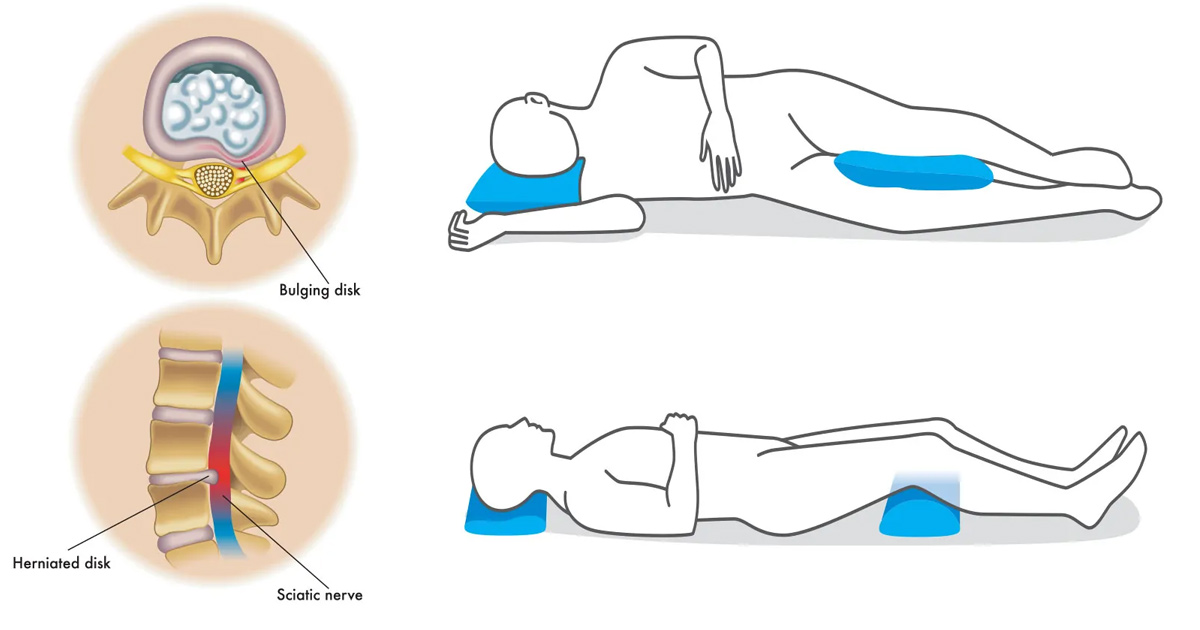 Not all hospitals or birth centres have them.
Not all hospitals or birth centres have them.
Sterile water injections
Sterile water with no medicine in it can be injected under the skin of your lower back to deal with lower back pain.
It may sting but there are no side effects for you or your baby.
Some women have found these injections helpful. It is not clear how they work, or whether they work very often. You may still need other pain relief.
Sources:
Royal Australian College of Obstetricians and Gynaecologists (Pain relief in labour and childbirth), Cochrane (Pain management for women in labour – an overview), King Edward Memorial Hospital Obstetrics & Gynaecology (Clinical practice guideline, Pain management), The Royal Women’s Hospital (Managing pain in labour), The Royal Women’s Hospital (Active birth), The Royal Women’s Hospital (Water birth at the Women’s)Learn more here about the development and quality assurance of healthdirect content.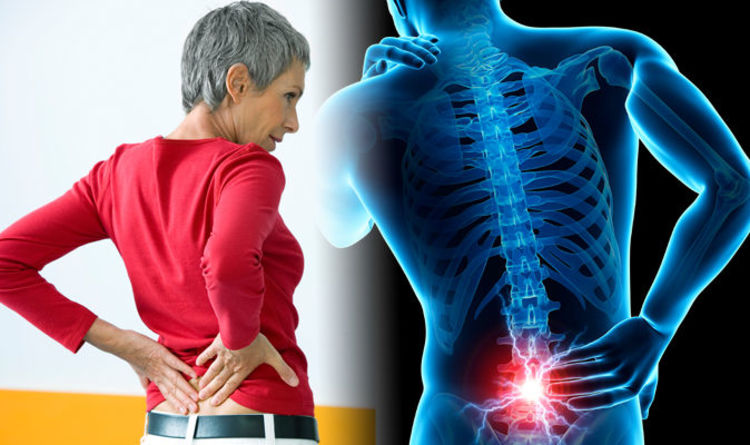
Last reviewed: January 2020
Back To Top
Related pages
- Epidural
- TENS (Transcutaneous electrical nerve stimulation)
- Gas (Entonox)
- Pain relief during labour
- Making a birth plan
- Giving birth - stages of labour
This information is for your general information and use only and is not intended to be used as medical advice and should not be used to diagnose, treat, cure or prevent any medical condition, nor should it be used for therapeutic purposes.
The information is not a substitute for independent professional advice and should not be used as an alternative to professional health care. If you have a particular medical problem, please consult a healthcare professional.
Except as permitted under the Copyright Act 1968, this publication or any part of it may not be reproduced, altered, adapted, stored and/or distributed in any form or by any means without the prior written permission of Healthdirect Australia.
Support this browser is being discontinued for Pregnancy, Birth and Baby
Support for this browser is being discontinued for this site
- Internet Explorer 11 and lower
We currently support Microsoft Edge, Chrome, Firefox and Safari. For more information, please visit the links below:
- Chrome by Google
- Firefox by Mozilla
- Microsoft Edge
- Safari by Apple
You are welcome to continue browsing this site with this browser. Some features, tools or interaction may not work correctly.
What will help in childbirth - articles from the specialists of the clinic "Mother and Child"
Vovk Lyudmila Anatolyevna
Reproductologist, Obstetrician-gynecologist
Lapino-1 Clinical Hospital "Mother and Child"
We walk and dance
If earlier in the maternity hospital, with the onset of labor, a woman was put to bed, now, on the contrary, obstetricians recommend that the expectant mother move . For example, you can just walk: the rhythm of steps soothes, and gravity helps the neck to open faster. You need to walk as fast as it is convenient, without sprinting up the stairs, it’s better to just “cut circles” along the corridor or ward, from time to time (during the aggravation of the fight) resting on something. The gait does not matter - you can roll over like a duck, rotate your hips, walk with your legs wide apart. It is worth trying and dancing, even if you think that you do not know how. For example, you can swing your hips back and forth, describe circles and figure eights with your fifth point, sway in a knee-elbow position. The main thing is to move smoothly and slowly, without sudden movements.
For example, you can just walk: the rhythm of steps soothes, and gravity helps the neck to open faster. You need to walk as fast as it is convenient, without sprinting up the stairs, it’s better to just “cut circles” along the corridor or ward, from time to time (during the aggravation of the fight) resting on something. The gait does not matter - you can roll over like a duck, rotate your hips, walk with your legs wide apart. It is worth trying and dancing, even if you think that you do not know how. For example, you can swing your hips back and forth, describe circles and figure eights with your fifth point, sway in a knee-elbow position. The main thing is to move smoothly and slowly, without sudden movements.
Showering and bathing
For many people, water is a great way to relieve fatigue and tension, and it also helps with painful contractions. You can just stand in the shower, or you can lie down in the bath. Warm water will warm the muscles of the back and abdomen, they will relax, and the birth canal will relax - as a result, the pain may decrease.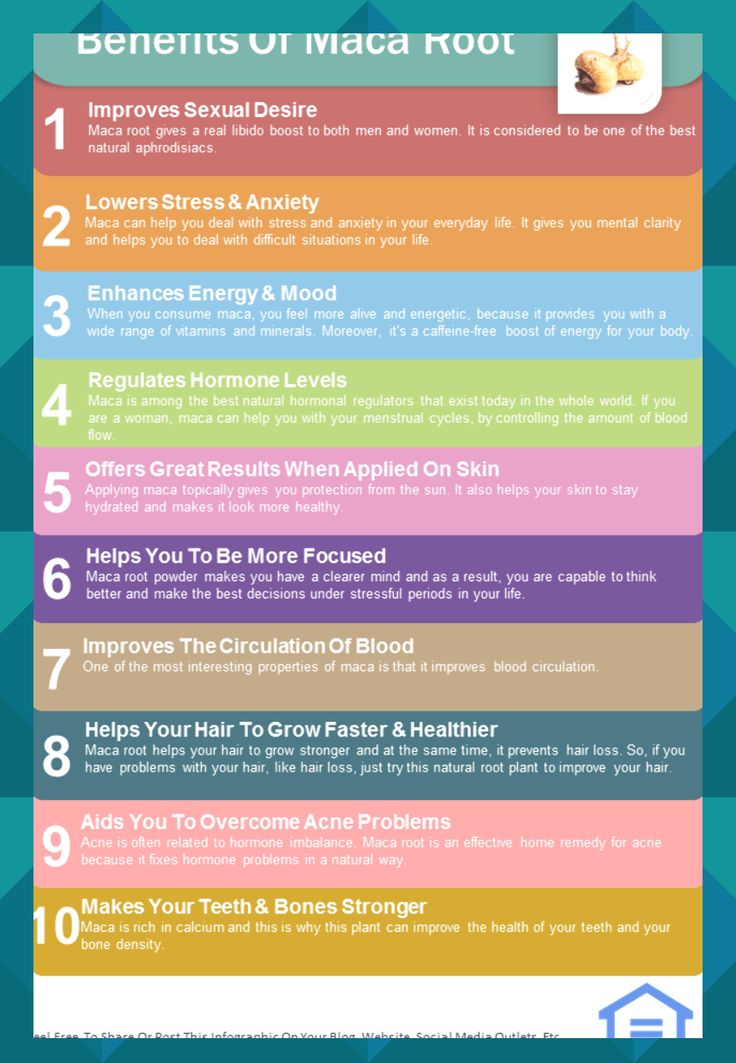 Well, if it does not decrease, then in any case, the water will relieve stress and at least for a while distract from the pain. So if there is a shower or jacuzzi bath in the delivery room, do not be shy and try this method of pain relief for contractions. The only thing is that the water should not be too hot, even if it seems that heat helps to better endure contractions.
Well, if it does not decrease, then in any case, the water will relieve stress and at least for a while distract from the pain. So if there is a shower or jacuzzi bath in the delivery room, do not be shy and try this method of pain relief for contractions. The only thing is that the water should not be too hot, even if it seems that heat helps to better endure contractions.
Swinging on the ball
Until recently, fitball (rubber inflatable ball) in the rodblock was something outlandish, and today is found in many maternity hospitals. And if you find a fitball in your rodblock, be sure to use it. You can sit on the ball astride and swing, rotate the pelvis, spring, roll from side to side. You can also kneel down, lean on the ball with your hands and chest and sway back and forth. All these movements on the ball will relax the muscles, increase the mobility of the pelvic bones, improve the opening of the neck, and reduce the pain of contractions.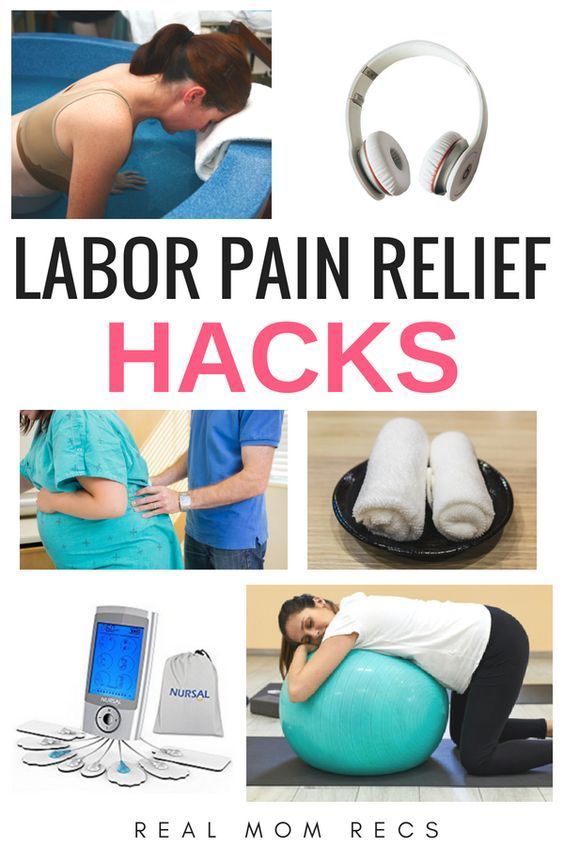 And while the woman is sitting on the ball, her partner (usually her husband) can massage her neck area for additional relaxation.
And while the woman is sitting on the ball, her partner (usually her husband) can massage her neck area for additional relaxation.
To be more comfortable, the ball should be soft, slightly deflated, and large, with a diameter of at least 75 cm.
We hang on a rope or wall bars
When the contractions become very strong and painful, you can take poses in which the stomach is, as it were, in a “suspended” state. Some advanced maternity hospitals have wall bars and ropes attached to the ceiling for this. During contraction, you can hang on them, as a result, the weight of the uterus will put less pressure on large blood vessels, and this will improve uteroplacental blood flow. In addition, in the “suspended” position, the load from the spine will be removed, which will also reduce pain.
Do not hang on a rope or a wall only if there is a desire to push, and the cervix has not yet opened and the efforts must be restrained.
Lying comfortably
If during childbirth a woman wants not to move, but, on the contrary, to lie down, then, of course, she can lie down. In modern maternity hospitals, instead of traditional ones, there are transforming beds: you can change their height, lower or raise the headboard or foot end, adjust the tilt level, push or push some part of the bed. There are also handrails in transforming beds (to use them to rest or even hang on them), and leg supports, and retractable pillows, and special backs - in general, everything in order to fit the bed under you and take it with it comfortable position. Moreover, this can be done without any physical effort - using the remote control.
In modern maternity hospitals, instead of traditional ones, there are transforming beds: you can change their height, lower or raise the headboard or foot end, adjust the tilt level, push or push some part of the bed. There are also handrails in transforming beds (to use them to rest or even hang on them), and leg supports, and retractable pillows, and special backs - in general, everything in order to fit the bed under you and take it with it comfortable position. Moreover, this can be done without any physical effort - using the remote control.
We use everything we have
In any road block, even if it is minimally equipped, you can still find something useful. For example, if during a fight you want to take a position with a support, you can lean forward and rest against something that turns up under your arm - a table, a headboard, a window sill. The main thing is that the support must be very stable. You can also get on all fours in the “cat pose” and focus on your hands, and to make it more convenient, put a pillow and a folded blanket under your chest. If you want to hang on something (and there is no rope or wall) and your husband will be nearby, you can use postures that allow you to transfer body weight to him: for example, hang on your husband’s neck. In general, it is worth showing imagination and adapting any item in the rodblock to your needs.
If you want to hang on something (and there is no rope or wall) and your husband will be nearby, you can use postures that allow you to transfer body weight to him: for example, hang on your husband’s neck. In general, it is worth showing imagination and adapting any item in the rodblock to your needs.
And don't be afraid to look stupid during childbirth. No one in the delivery room cares about how you move or lie down as long as it helps you get through your contractions, so calmly find your comfortable position.
Giving birth in an uncomfortable position is both difficult and inefficient. So memorize and rehearse some poses beforehand, and if there are any fixtures in the rodblock, try using them. Something of this will definitely help you to comfortably and easily survive childbirth.
When we move, take various postures, the blood supply to the uterus improves, as a result, it contracts better, and the cervix opens faster. In addition, uteroplacental blood flow improves, and therefore the baby does not suffer from hypoxia
strength to push
By clicking on the send button, I consent to the processing of personal data
Medicines to reduce contractions during labor when contractions are excessive/frequent or if fetal distress is suspected
What is the problem?
Excessive or frequent contractions can occur in any childbirth, but they are more common in women who are on medication that stimulates contractions.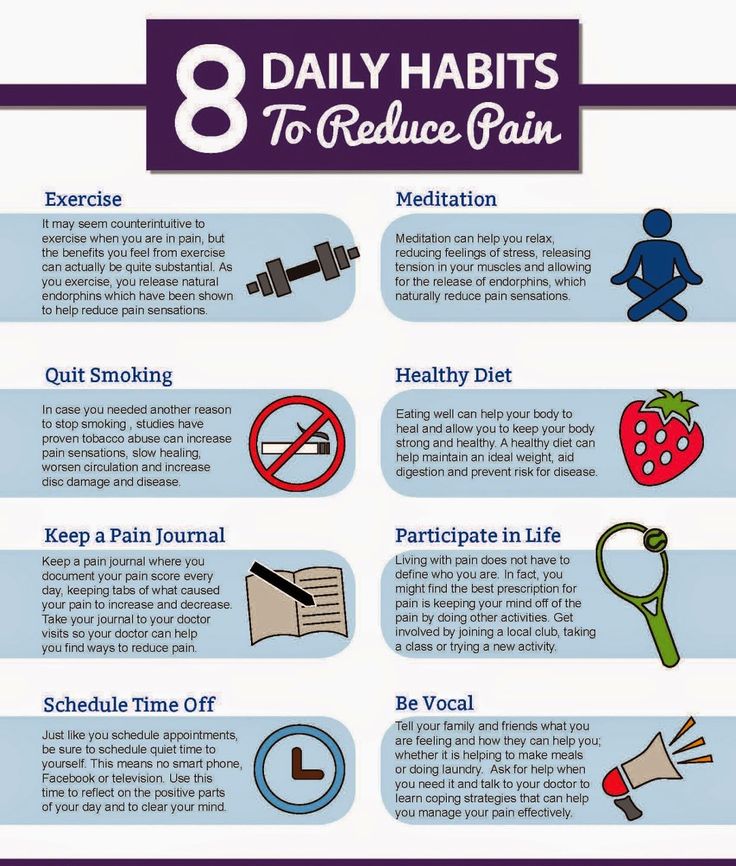 In some cases, excessive contractions can be a sign of complications, such as placental abruption or obstructed labor. Excessive contractions can reduce the amount of oxygen reaching the fetus.
In some cases, excessive contractions can be a sign of complications, such as placental abruption or obstructed labor. Excessive contractions can reduce the amount of oxygen reaching the fetus.
Tocolysis is a treatment in which women receive medication to reduce the strength and/or frequency of contractions. Tocolysis can improve blood flow and therefore improve the child's condition. This review aims to evaluate the benefits and harms of tocolysis when uterine contractions are too rapid (more than 5 contractions in 2 consecutive 10-minute periods) or when signs of fetal distress during labor are detected by monitoring heart rate.
This new Cochrane Review replaces an earlier Cochrane Review of the same name.
Why is this important?
Babies who lack oxygen during labor can develop serious problems, including cerebral palsy, organ damage, or death. When fetal monitoring suggests fetal distress, steps should be taken to increase the oxygen level of the infant. This may include the use of tocolytic agents. This may be especially important in low-resource environments where emergency delivery or caesarean section is not available.
This may include the use of tocolytic agents. This may be especially important in low-resource environments where emergency delivery or caesarean section is not available.
What evidence did we find?
We searched for evidence in February 2018 and found eight randomized controlled trials involving 734 women who had excessive labor and/or signs of fetal distress during labor. The trials examined different groups in comparison with each other. This means that our analysis was based on data from single studies with a small number of women. The women were randomized into groups to receive β 2-adrenergic tocolytic or alternative approach. These alternative approaches included not using a tocolytic agent while waiting for a caesarean section; the abolition of drugs that stimulate the strength of contractions; or the use of other tocolytic agents such as atosiban, magnesium sulfate, or nitroglycerin.
We pooled data from two small trials (57 women) comparing the use of a β 2 -adrenergic tocolytic agent with no use.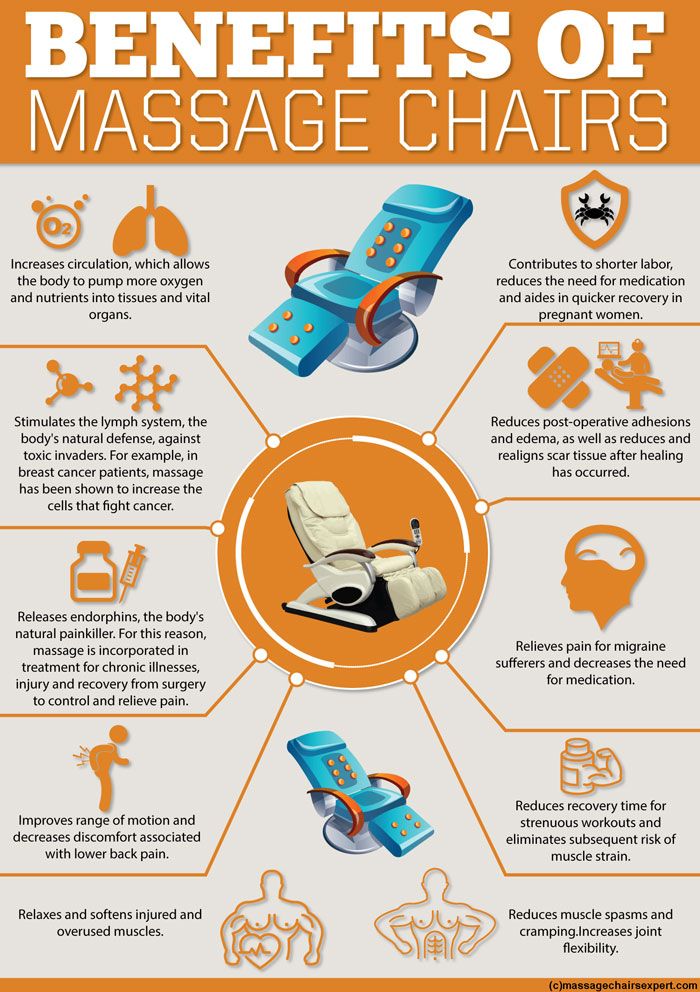 Two babies died in the womb. Both cases occurred in a group of women who did not receive tocolytic agents. One infant had cerebral hydrocephalus (too much fluid in and around the brain) and another died while waiting for a caesarean section. The number of infants with an abnormal heart rate is probably lower in the group of women who received tocolytic agents, but the effects on other measures of infant well-being were uncertain.
Two babies died in the womb. Both cases occurred in a group of women who did not receive tocolytic agents. One infant had cerebral hydrocephalus (too much fluid in and around the brain) and another died while waiting for a caesarean section. The number of infants with an abnormal heart rate is probably lower in the group of women who received tocolytic agents, but the effects on other measures of infant well-being were uncertain.
Very few serious side effects were found, but studies were too small to assess non-common adverse effects.
It is impossible to draw clear conclusions about the benefits and harms. The quality of the evidence was very low to moderate.
What does this mean?
There is insufficient evidence from randomized controlled trials to determine the effects of tocolysis in women with fetal distress or excessive labor. Also, it is not possible to determine whether one type of tocolytic agent is safer and more effective than another.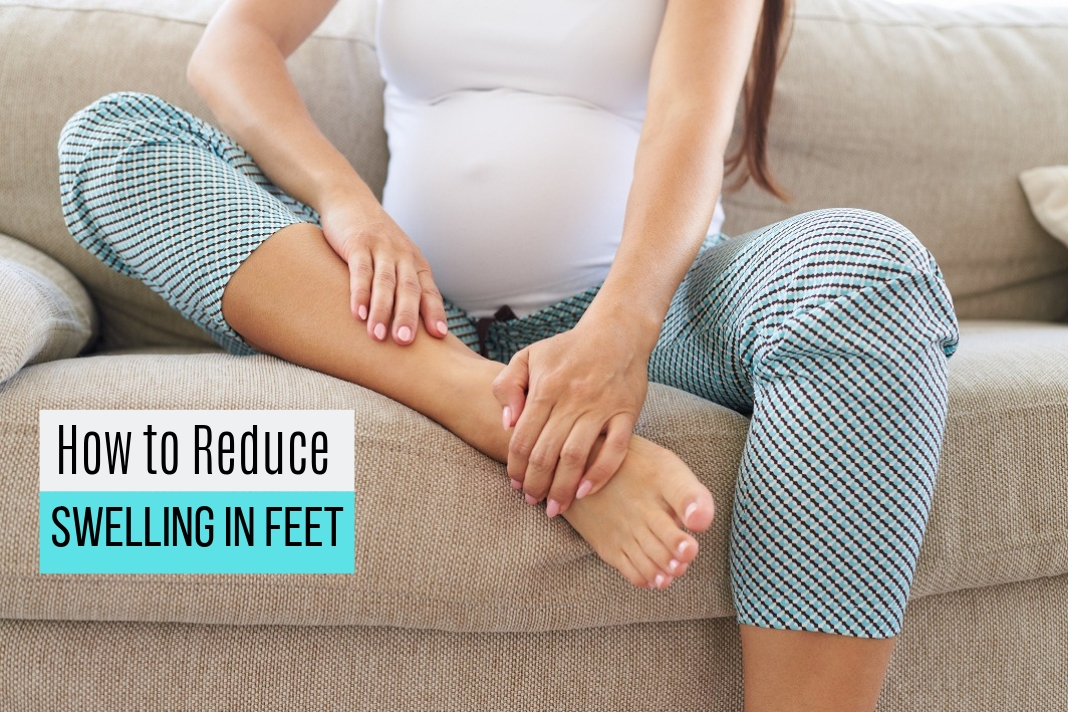
The clinical significance of some improvements in infant well-being with tocolytics is unclear. Typically, the sample size was too small to detect an impact on maternal or infant well-being or serious adverse effects. Most of the studies were conducted in high-income countries in healthcare facilities with caesarean sections available. This may limit the applicability of these findings in settings with limited resources or lack of access to caesarean section.
Further high quality studies with large numbers of women are needed. Such studies could focus on measuring clinically relevant outcomes for the mother and her child. These outcomes include the death of the mother or her child and other indicators of well-being and safety.
Translation notes:
Translation: Lienhard Dina Airatovna. Editing: Yudina Ekaterina Viktorovna. Project coordination for translation into Russian: Cochrane Russia - Cochrane Russia on the basis of Kazan Federal University. For questions related to this translation, please contact us at: cochrane.

